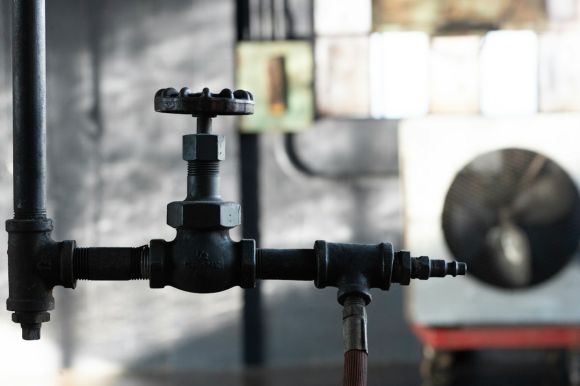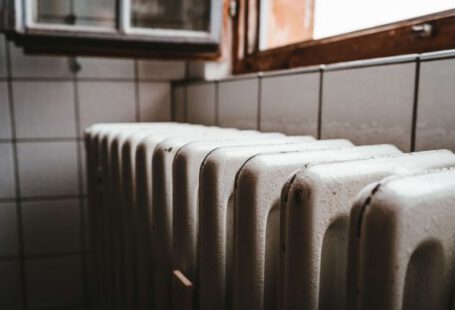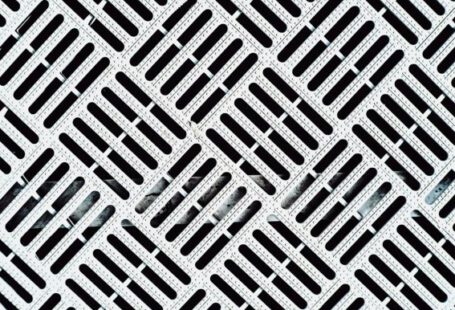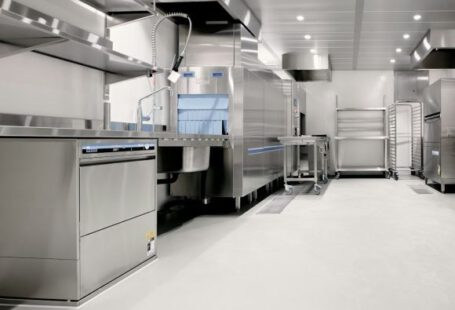Plumbing is a critical aspect of any building’s infrastructure, ensuring the safe and efficient flow of water and waste. However, it is no secret that plumbing code violations are a common occurrence. These violations not only pose potential risks to health and safety but can also lead to costly repairs and legal consequences. In this article, we will explore some of the most common plumbing code violations and provide tips on how to avoid them.
Improper Pipe Slope
One of the most frequent plumbing code violations is an incorrect pipe slope. Plumbing pipes should always be installed with a sufficient slope to allow for proper drainage. Insufficient slope can result in stagnant water, leading to foul odors and potential blockages. On the other hand, excessive slope can cause water to flow too quickly, leading to erosion and potential damage to the pipes. To avoid this violation, it is essential to carefully follow the manufacturer’s recommendations and local building codes when installing plumbing pipes.
Inadequate Ventilation
Proper ventilation is crucial for a well-functioning plumbing system. Without adequate ventilation, negative pressure can build up in the system, impeding the flow of water and causing slow drains and gurgling noises. Moreover, insufficient ventilation can lead to the release of harmful gases, such as methane, into the living space. To avoid this violation, ensure that proper venting is installed for all fixtures, including sinks, toilets, and showers. Consult local plumbing codes to determine the specific requirements for ventilation in your area.
Improper Pipe Materials
Using the right materials for plumbing installations is essential to ensure the longevity and safety of the system. Many plumbing code violations occur due to the use of improper pipe materials. For example, using non-approved materials, such as certain types of plastic or PVC pipes, for potable water supply can lead to contamination and health hazards. Similarly, using the wrong type of pipe for specific applications, such as using drain pipes for supply lines, can compromise the integrity of the system. Always consult local plumbing codes and use approved materials for each specific application to avoid such violations.
Cross-Connection Issues
Cross-connection occurs when potable water comes into contact with non-potable sources, such as contaminated water or chemicals. This violation poses a significant health risk as it can lead to the contamination of the entire water supply. To prevent cross-connection issues, it is essential to install backflow prevention devices, such as check valves or backflow preventers, at appropriate locations. Regular inspections and maintenance of these devices are also necessary to ensure their proper functioning.
Conclusion
Plumbing code violations can have serious consequences, ranging from health hazards to legal troubles. By understanding and adhering to the local plumbing codes, many of these violations can be easily avoided. Remember to pay attention to the slope of pipes, ensure proper ventilation, use approved materials, and prevent cross-connections. Regular inspections and maintenance of the plumbing system can also help identify and rectify any potential violations before they escalate. By taking these preventive measures, you can ensure a safe and efficient plumbing system in your building.



